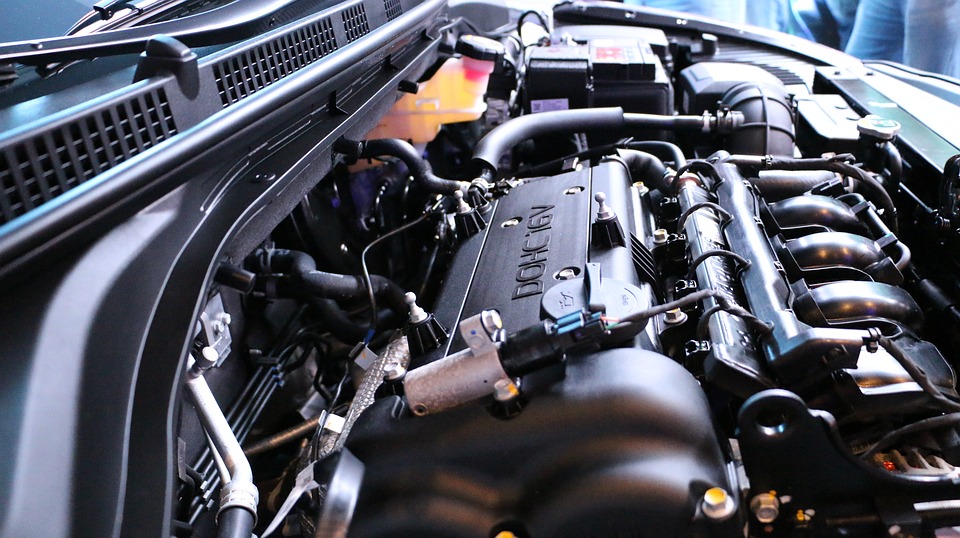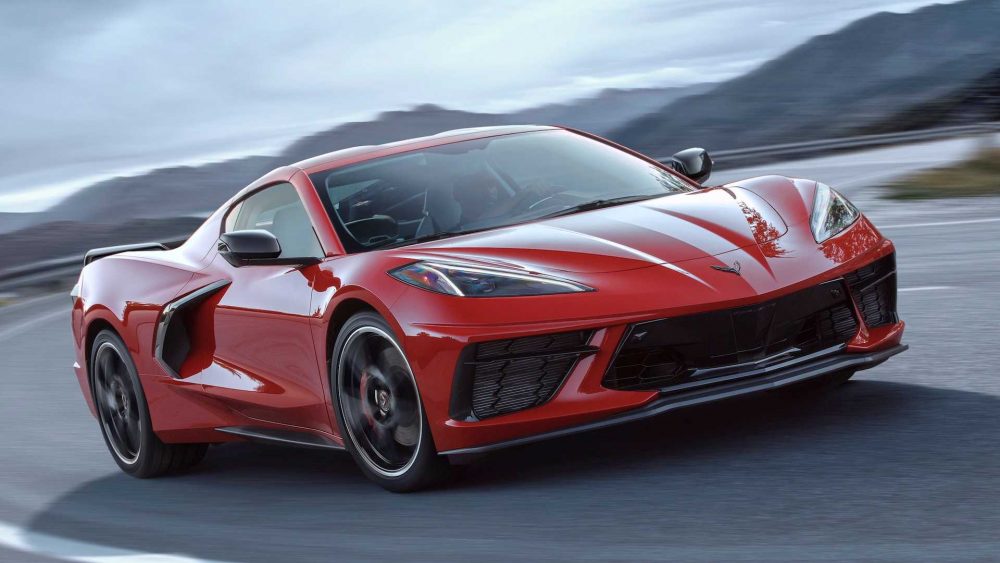 What type of engine you go with depends on your performance preferences
What type of engine you go with depends on your performance preferences
Photo: Kevin P. via Pixabay
If you’re on the fence about whether you need a naturally aspirated or turbocharged engine, you’re in the right place. These engine types each have their own strengths and weaknesses. Here’s a brief overview of these engines to help you make an informed decision when buying your next vehicle.
Need for Speed: Find the right Chevy performance car for you
One of the primary benefits of an aspirated engine is that there’s no engine lag before it reaches peak torque. That’s because the only engine components in between the air and combustion chambers are the intake valves, air filter, and throttle body. So, in general, a naturally aspirated mill delivers more response behind the wheel than a turbocharged one does.
Another key advantage is that this engine type is easier and cheaper to maintain. This is due to its simpler construction and the fact that it has fewer parts.
Despite these two strengths, a naturally aspirated engine typically can’t match a turbocharged engine when it comes to fuel efficiency. If this quality is a top priority as you shop for a new vehicle, then a turbocharged engine will be a better choice.
 The Corvette C8’s twin-turbo V8 engine is a force to reckon with
The Corvette C8’s twin-turbo V8 engine is a force to reckon with
Photo: Chevrolet
As just mentioned, a turbocharged engine’s key advantage over a naturally aspirated one is its efficiency. Some of this ability to conserve fuel is likely due to the fact that many turbocharged mills are paired with continuously variable transmissions, which enhance their mileage on the highway.
Another thing is that a turbocharged engine innately supplies more torque than a naturally aspirated engine does. Though, variable valve timing is one technology that can help give a naturally aspirated engine a higher torque rating.
One weakness of a turbocharged engine is that it can result in unpredictable performance when compared to a naturally aspirated one. If you’re not used to surges of power that turbos are known for, it’s easy to lose a bit of traction any time you step on the pedal a little too forcefully.
Interested in learning more about vehicle mechanics? Increase your knowledge of PowerShift transmissions, then gain a deeper understanding of engine torque.
Jumpstart Your Next Purchase: Estimate your credit history here

Whitney Russell resides in Dayton, though her spirit can be found beach-bumming in Puerto Rico (the land of her half-Puerto Rican heritage). When not crafting car-related content, she can be found chasing after the most amazing toddler in the world, watching her “beaver” of a husband build amazing woodworking projects, hanging out with two crazy dogs, and visiting family and friends. She also enjoys traveling, crafting, and binge-watching period dramas when time allows. See more articles by Whitney.



